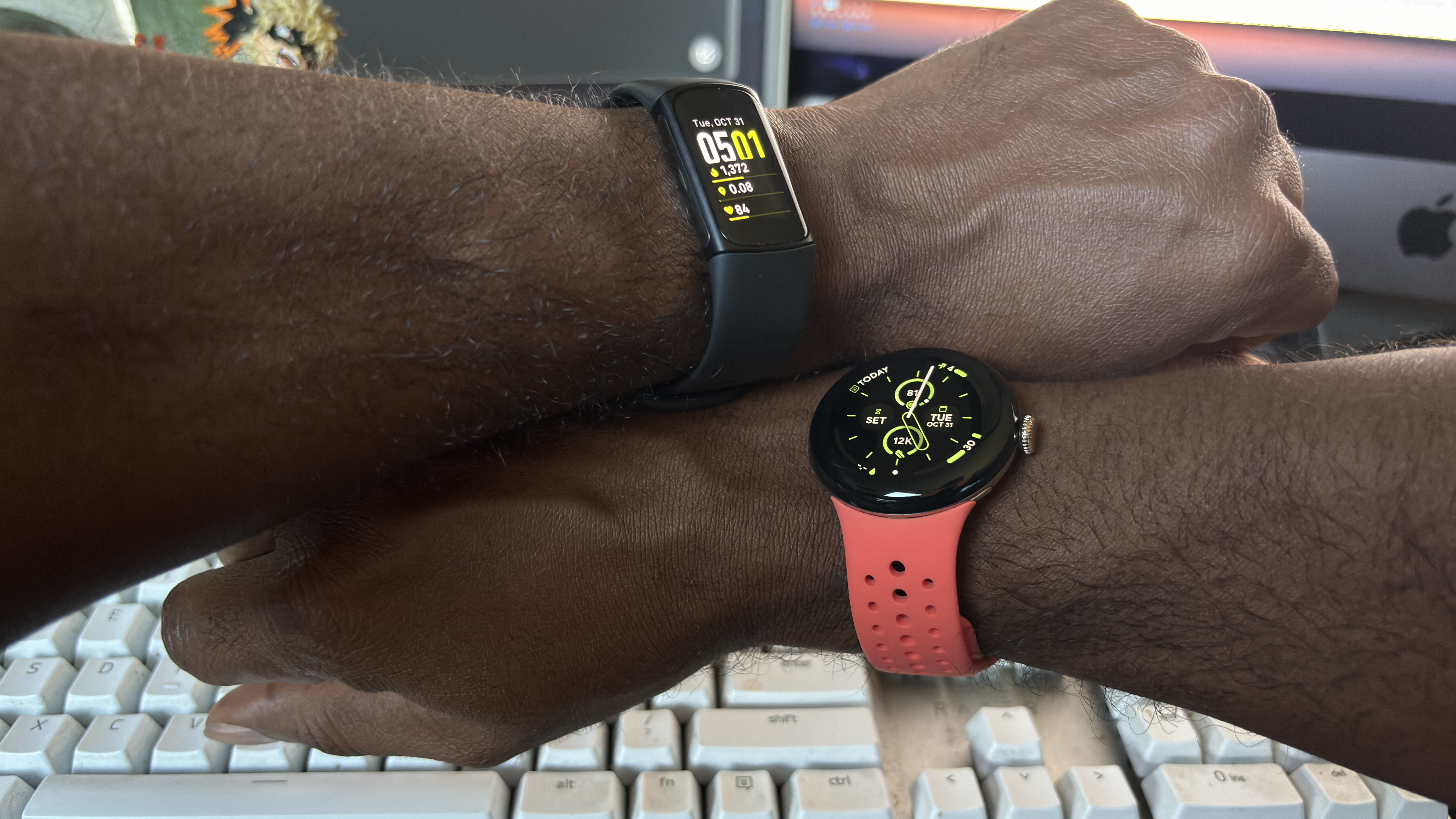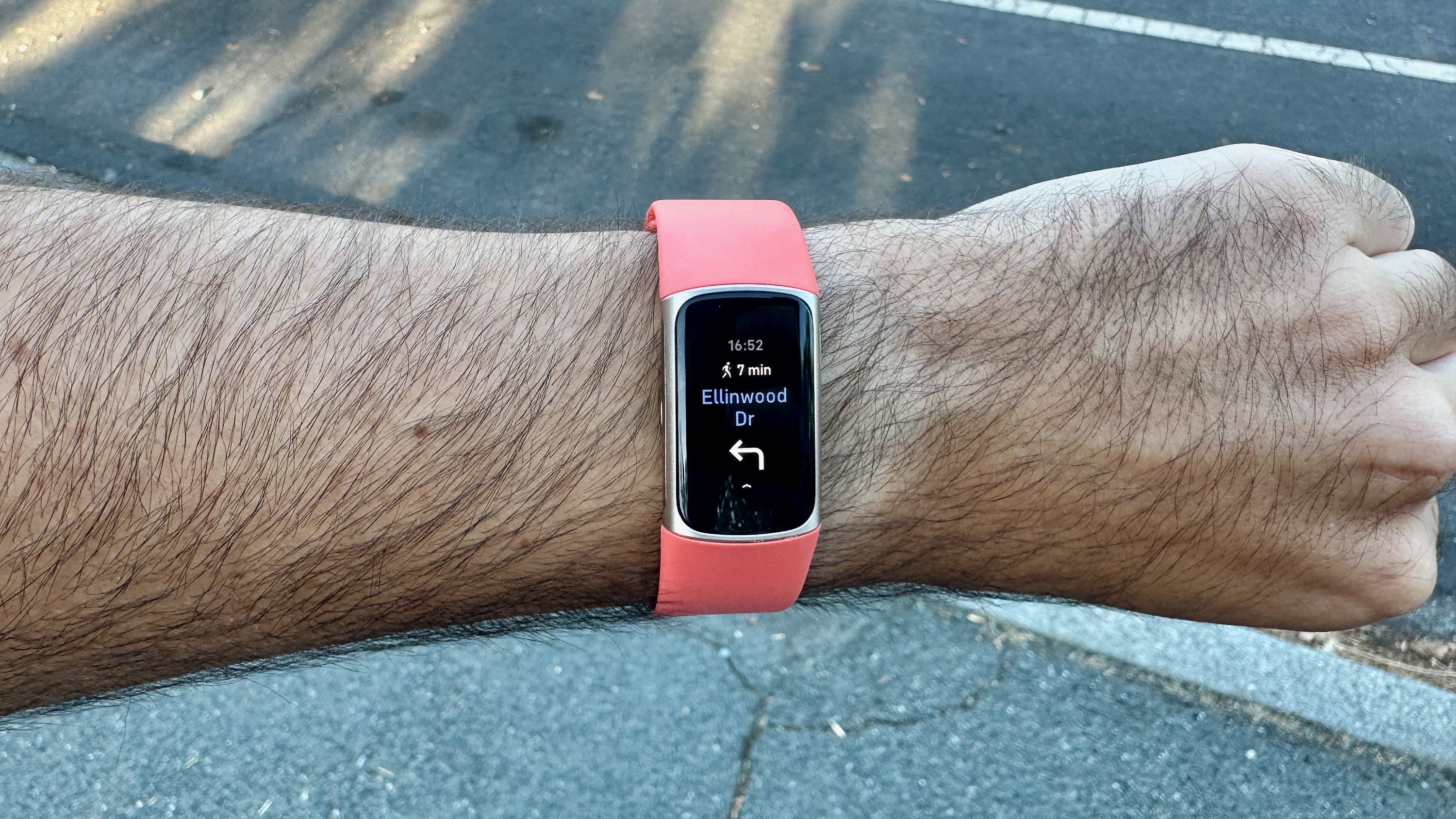
Fitbit has pulled its trackers out of nearly 30 countries or territories, based on a decision from parent company Google to "align" Fitbit and Pixel sales more closely. An industry expert told me this was a "prudent" decision on Google's part. But it still has me worried that Google has no plan for Fitbit beyond its usual conservative sales M.O.

In his weekly column, our Senior Editor of Wearables and Fitness Michael Hicks discusses the world of smartwatches, apps, and fitness tech related to running and health, in his quest to get faster and more fit (and help you do the same).
Fitbit first cut its devices from five APAC countries back in August, then 11 European countries on October 24, and finally Mexico, Puerto Rico, and 10 Latin American countries at an unspecified (but recent) time. More a shamed whisper than an announcement, this news wasn't widely known until 9to5Google spotted the support page on Thursday.
Google's reluctance to expand Pixel sales out of a few countries or to keep specific products from countries is notorious. Our Senior Asia Editor, Harish Jonnalagadda, has written at length about Google's hardware mistakes in India, for instance, and Google also frustrated foldable fans by limiting the Pixel Fold to a handful of countries.
General Pixel availability has expanded — the Pixel 5 sold in less than 10 countries, while the Pixel 8 is found in 17 countries — but it's still very slow and methodical compared to Samsung or Apple. With Google apps becoming a major feature of Fitbit products, it makes sense that Google wouldn't want to waste resources selling products where it has no foothold.
However, just because something makes sense doesn't mean it's the right decision.
Where is Fitbit still available?
In a statement to Android Authority, Google explained that they "will stop selling Fitbit products in select countries to align our hardware portfolio to map closer to Pixel's regional availability." So, where can you still buy new Fitbits?
This is the current list:
- North America: Canada, United States
- Europe: Austria, Belgium, Denmark, Finland, France, Germany, Greece, Ireland, Italy, The Netherlands, Norway, Spain, Sweden, Switzerland
- Asia & Pacific: Australia, India, Japan, New Zealand, Singapore, Taiwan
This is the list of former Fitbit countries with no new hardware sales moving forward:
- Americas: Argentina, Chile, Colombia, Costa Rica, Ecuador, Guatemala, Mexico, Panama, Paraguay, Peru, Puerto Rico, Venezuela
- Europe: Croatia, Czech Republic, Estonia, Hungary, Latvia, Lithuania, Luxembourg, Poland, Portugal, Romania, Slovakia
- Asia & Pacific: Hong Kong, Korea, Malaysia, Phillipines, Thailand
Google and Fitbit have promised to continue software support, warranty claims, and customer service in these countries, but only for older Fitbits, not newer trackers like the Fitbit Charge 6. Fitbit Premium auto-renewals also ended, though you can manually "resubscribe to Premium in the Fitbit mobile app," at least for now.
Why cutting Fitbit's global availability makes sense

I asked Jitesh Ubrani, research manager for IDC's Worldwide Mobile Device Trackers, if Google made the right or wrong decision to pull Fitbit out of its traditional markets. He responded that "it's not about Google doing right or wrong; it's about Google being prudent."
As Ubrani explained, in the emerging markets Fitbit fled, Fitbit's market share "was quite low and trending downwards." Why? Because consumers either gravitate towards "global brands such as Apple and Samsung" or "low-cost, value-oriented brands such as Xiaomi, Amazfit, or Huawei."
"Fitbit has been unable to establish itself at the high end since it only offered wearables...at the low end, it faced too much competition on price from the Chinese brands."
Xiaomi and Amazfit, kings of cheap but high-quality fitness trackers, technically benefit from Google's decision, but Ubrani believes their gains will be "minimal" because Fitbit's new shipments were "less than 1% share of smartwatches + wristbands" in some of the affected territories.
In this context, it seems perfectly valid that Google, having spent $2.1 billion on Fitbit, would cut its losses in markets where it's unlikely ever to recoup its investment. It will still support current Fitbit customers to avoid bad blood, in the unlikely event it ever decides to return to these secondary markets.
Google missed an opportunity to kill two birds with one stone

Fitbit has fallen from its sales glory days. Counterpoint's 2022 wearable report found Fitbit dropping from 7th-ranked in global sales in 2021 to 10th in 2022. But to be clear, Counterpoint attributed this specifically to Fitbit and Google "failing to defend their share in their main markets like North America" (emphasis mine).
Google's tenure as Fitbit owner has been defined by the word "no." No more Google Assistant, no more third-party apps, no more Fitbit accounts, no more Wi-Fi downloads, and so on. It's the definition of "my way or the highway."
Fitbit Sense 2 and Versa 4 sales suffered from this approach. I'm not sure how the Charge 6 will sell, but I had one major Google-related annoyance in my review: the insistence that it only supports YouTube Music playback controls when any cheap fitness tracker usually has universal playback controls.
In other words, Google and Fitbit have bigger problems than just being overextended. So much so that they didn't see Fitbit's widespread name recognition as the opportunity it was, and quickly cut their losses.
Ubrani's point that Fitbit will never compete as a value brand against $50 Amazfit trackers makes total sense. But if Fitbit couldn't "establish itself at the high end since it only offered wearables," the solution was obvious: use Fitbit as your foot in the door to expand Pixels to more countries.
They could have trusted the fantastic Pixel 8 to achieve popularity while suggesting that Fitbits are "Best with Pixel" and tying its fitness wagon to an exciting new hardware option. They could even have sold the phone with a free Fitbit tracker as a pre-order perk.
Maybe I'm naive, and Google execs could explain why it's impossible to sell Fitbits or Pixels in Mexico, Poland, and dozens of other spurned countries. But what I do know is that Google's conservative financial strategy will convince people there that Google doesn't see them as worth the effort, and they'll remember.
Let's hope the end isn't nigh

Calling Google's decision a "portent of doom" might sound a bit dramatic. But it's dramatic to slice your subbrand's countries in half, and Google's reputation for cutting its losses and killing brands is well-known.
I can picture a worst-case scenario where Google grows tired of Fitbit's struggles without addressing the cause, shoves its valuable tech into its Pixel lineup, and lets Fitbit die. Or perhaps Google will start selling Fitbits as Pixel Bands or Pixel Watch Lites, with the flagship Pixel Watch 2 snagging all the best features.
Taking this path might make fans of Android smartwatches happy, but it would rub many Fitbit users the wrong way — especially since Fitbit is popular with iOS users, and the Pixel name implies Android exclusivity.
A couple of months back, I wrote about three potential paths Fitbit might take in the near future:
- Challenge Apple Fitness Plus with more workouts, licensed music, and other flashy perks.
- Challenge Garmin by making the Daily Readiness Score more useful for recommending specific fitness routines based on your fitness level
- Go all-in on Google apps.
As I said then, the last option "seems to be the path Google and Fitbit have chosen," and this latest news about Google restricting Fitbit only reaffirms that belief. Google spent $2.1 billion on Fitbit for what it was, having no plans for where it should go beyond shoving a lot of Google tech inside.
I wish, instead, that Google would unleash Fitbit's full potential by investing in it and then letting it run loose, giving customers the idea that they're getting premium features in affordable hardware without Big Tech meddling.
But as we've seen in countless business acquisitions, things rarely work out that neatly for the companies that are bought.







